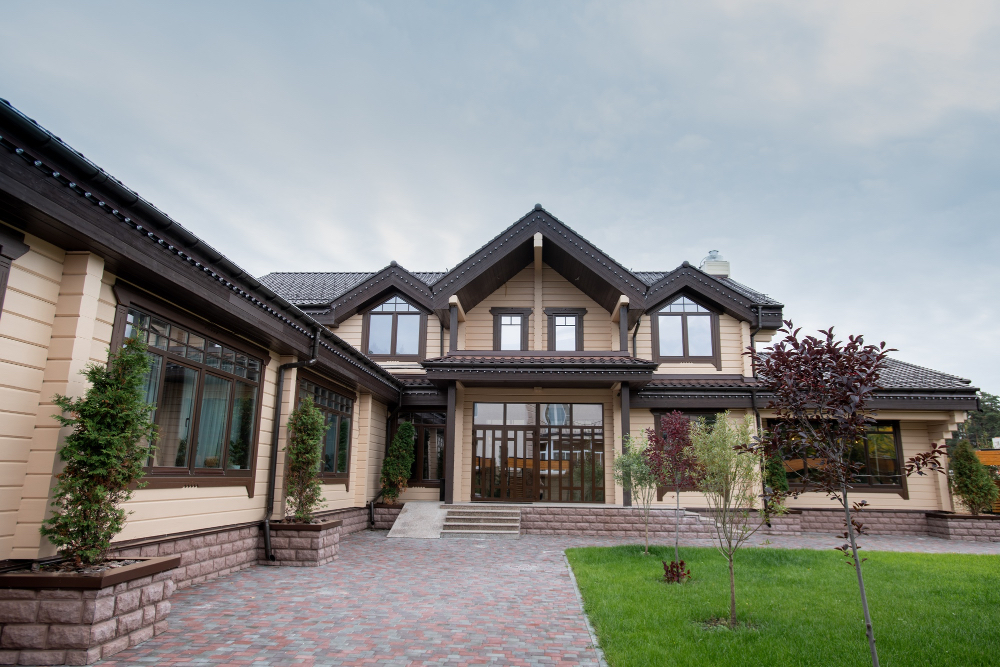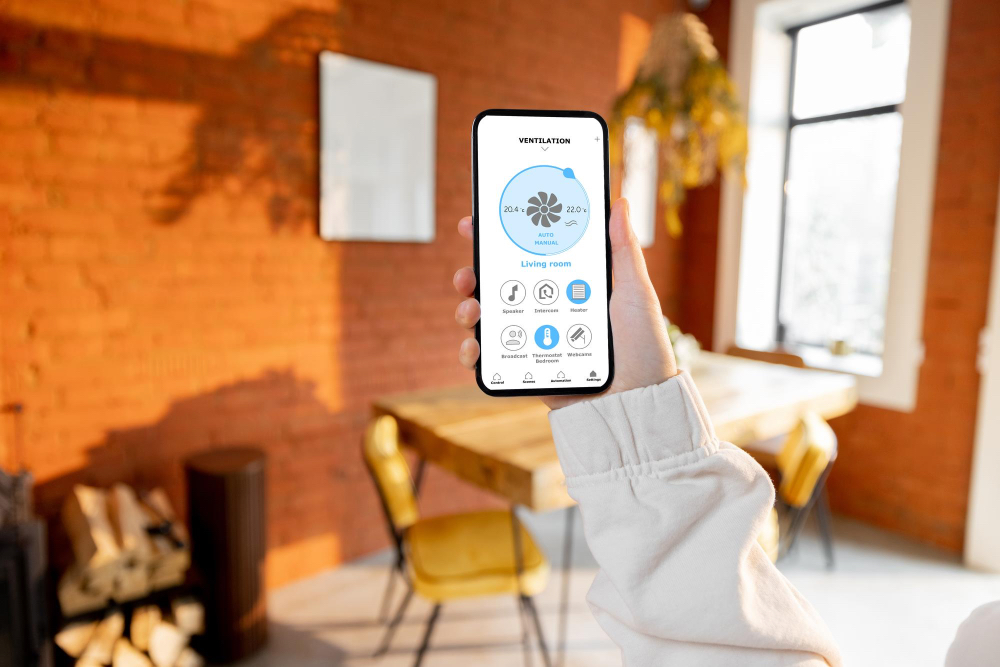Last updated on
Home is where the heart is, or so the saying goes. But what happens when the walls of your home enclose you in ways that limit your freedom, your autonomy, and your sense of belonging? For many individuals with disabilities or mobility challenges, the concept of a home sweet home can be laced with frustrations and barriers, both literal and figurative.
According to the U.S. Census Bureau, over 40 million people have a disability that affects major life activities — that’s a significant share of the population whose daily lives could be greatly enhanced with a home that caters to their specific needs. Whether you’re a homeowner looking to prepare for the future, a caregiver seeking to improve the quality of care, or an accessibility advocate spreading the word, these tips will be your blueprint for creating a truly inclusive space.
Entrance and Exits

The starting point of home accessibility is a good entrance. This is the first impression your home gives and the first barrier it must overcome. Here are some important tips for making your home’s entrances and exits user-friendly for all:
Consider adding or modifying existing steps by installing a gentle ramp with a non-slip surface. If your home has steps, make sure there are sturdy handrails on both sides for support.
In addition, standard doorways are not always wide enough to accommodate wheelchairs or walkers. Remove any obstructions and, if necessary, widen doorways to at least 36 inches for easy passage. You’ll also want to replace high thresholds at doorways with low-profile transitions to prevent tripping hazards and to facilitate the movement of mobility aids.
The Power of an Open Layout
Opt for an open floor plan or consider removing non-structural walls to create a more fluid and spacious environment that allows for easy navigation. Furniture that can be moved or adapted in height is incredibly versatile. This is especially helpful for individuals who may have different preferences or require assistance to sit or stand.
You’ll also want to replace carpets with non-slip, low-pile flooring to reduce friction and make movement across various rooms safer and more manageable.
Addressing Disability Through Thoughtful Design

When designing for accessibility, it’s important to think beyond just the physical limitations and consider other factors such as sensory impairments or cognitive challenges. For example, using high-contrast colors on walls, floors, and furniture can aid individuals with vision impairments in navigating their surroundings.
Namely, you can even consider SDA housing for people with disabilities, which can provide specialized support and services tailored to the individual’s needs. This accommodation can greatly enhance independence in daily activities and promote a feeling of comfort and security.
Additionally, incorporating smart home technology can greatly improve independence and convenience for those with mobility challenges. Voice-activated devices and smart home systems can allow for easy control of lights, temperature, and other household functions.
Accessible Bathrooms
Accessible bathrooms are pivotal in crafting an inclusive home environment. Key adjustments include installing grab bars around the toilet and in the shower to ensure safety and support. Consider a walk-in shower with a flat entry, which is easier for individuals who use wheelchairs or mobility devices.
Height-adjustable sinks and toilets can also cater to various needs, ensuring that fixtures are within reach for everyone. Additionally, lever-style faucet handles and a handheld showerhead augments usability and independence. Efforts to create an accessible bathroom not only promote safety but also foster a sense of dignity and self-reliance for individuals with mobility challenges.
Kitchen Adaptations
The kitchen is often referred to as the heart of the home, and making it accessible ensures everyone can partake in cooking and dining activities, fostering independence and participation. Start by installing variable height countertops or islands that cater to both standing users and those in wheelchairs.
Ensuring that appliances, such as ovens and microwaves, are installed at accessible heights eliminates the need for reaching or bending, which can be a challenge for many. Pull-out shelves and easy-access drawers not only maximize space but also make it simpler to reach utensils and ingredients.
Lastly, consider touch-activated faucets and easy-grip handles on cabinets and drawers to support individuals with limited hand strength. Adapting your kitchen isn’t just about functionality; it’s about creating a welcoming space where all family members have the opportunity to contribute and engage.
Technology Integration
Integrating technology into your home not only modernizes it but also makes it more accessible. Smart home systems can be programmed to control lighting, temperature, and security with simple voice commands or through a smartphone app.
For individuals with mobility or sensory disabilities, these systems can be life-changing, allowing them to operate their home environment more independently. Innovative solutions such as automated window shades, programmable thermostats, and door cameras enhance both convenience and safety.
Technology, when used thoughtfully, can transform an accessible home into a sanctuary of comfort and independence, proving that with the right tools, anyone can achieve a higher quality of life.
Outdoor Considerations
Creating an accessible outdoor space is as vital as the interior when striving for a fully inclusive home. Start by ensuring that all pathways, decks, and patios are wide enough for easy navigation with wheelchairs and walkers, and that surfaces are smooth and non-slip.
Access to nature and outdoor activities can significantly enhance well-being, so consider the inclusion of raised garden beds or container gardens for those who have difficulty bending or kneeling. Adequate lighting along pathways and in seating areas extends usability into the evening, while also improving safety.
Additionally, outdoor furniture should be sturdy and easy to transfer in and out of for those with mobility devices. Integrating these considerations not only makes your outdoor spaces more enjoyable for everyone but also ensures that your home’s inclusivity extends beyond its doors.
Creating an accessible and inclusive home environment requires thoughtful consideration, planning, and a willingness to adapt. By implementing the changes and strategies outlined in this guide—from entryway modifications to technology integration and beyond—homeowners can ensure that their living spaces accommodate the needs of individuals with disabilities, fostering independence, safety, and comfort.
This endeavor not only enhances the quality of life for those with mobility challenges but also enriches the living experience for all residents, proving that true accessibility is about inclusivity and creating spaces where everyone is welcome.
Table of Contents




